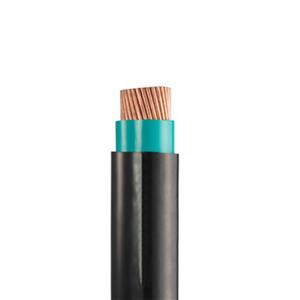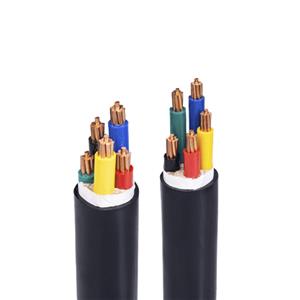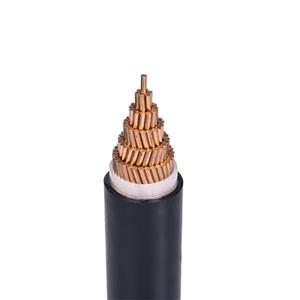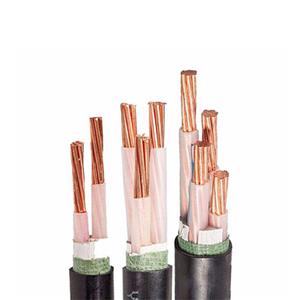Why is the bending radius considered when laying cables?
In the process of cable laying, the minimum bending radius is usually used as an important quality evaluation indicator. Let's talk about it today. Why should the bending radius be considered in cable laying? What is the minimum bending radius when laying cables?
The minimum bending radius when laying cables refers to: when laying cables, the minimum value of the bending radius that can be bent without damaging the cable material and affecting the use function. During the laying process, if the cable bending angle is too large, the conductor inside the cable will be mechanically damaged.
After the mechanical damage occurs, it will not be discovered in time because the conductor is inside the insulation layer. We cannot intuitively find the problem through conventional measurement methods, such as insulation testing, leakage testing, and measuring loop resistance.
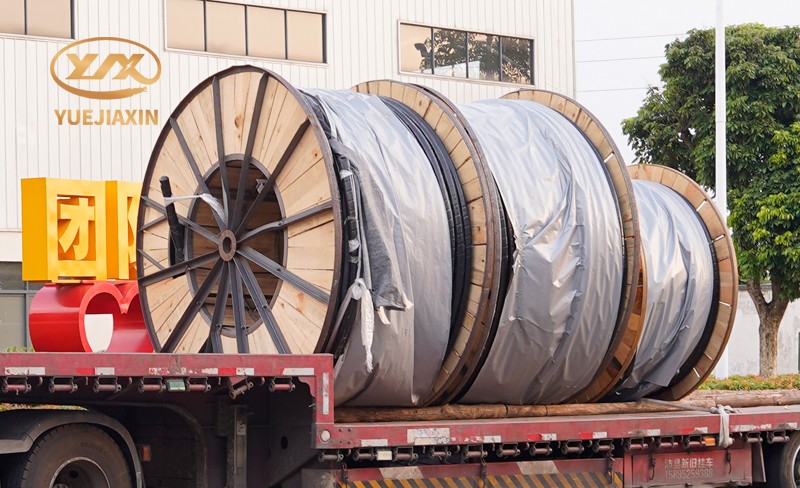
However, if the cable is in excessive bending for a long time, the degree of damage will be further expanded, causing equipment failure. Therefore, requirements are usually made for the minimum bending radius of cable laying. The minimum radius requirements are different for different cables. The minimum bending radius of cables and optical cables should meet the following regulations:
1. Cables without armor layers shall not be less than 6 times the outer diameter of the cable.
2. Cables with armor or copper tape shielding structure shall not be less than 12 times the outer diameter of the cable.
3. Soft cables with shielding layer structure shall not be less than 6 times the outer diameter of the cable.
4. Flame retardant cables shall not be less than 8 times the outer diameter of the cable.
5. Fluoroplastic insulated and sheathed cables shall not be less than 10 times the outer diameter of the cable.
6. Optical cables shall not be less than 15 times (static) and 20 times (dynamic) the outer diameter of the optical cable.
7. The fieldbus communication cable shall be greater than 10 times the outer diameter of the cable when it is bent alone, and greater than 20 times the outer diameter of the cable when it is bent continuously.
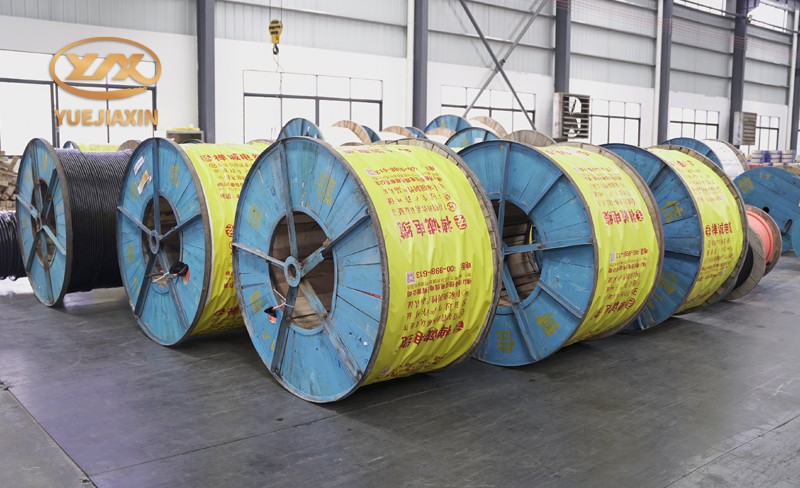
The minimum bending radius of cable laying is an important quality evaluation indicator, so when we lay cables, we must pay attention to follow the regulations and lay them according to different laying scenarios.
- PVC-Insulated Cable
- 450/750V BV Single- Core Cu/PVC Cable
- 450/750V BVR Single- Core Cu/PVC Cable
- 300/500V Or 450/750V RV Single-Core Cu/PVC Flexible Cable
- 300/500V Or 450/750V RVV Multi-Core Cu/PVC/PVC Flexible Black Cable
- 300/500V Or 450/750V RVV Multi-Core Cu/PVC/PVC Flexible White Cable
- 300/500V Or 450/750V RVVP Multi-Core Cu/PVC/CWS/PVC Screened Flexible Cable
- 450/750V KVV Multi-Core Cu/PVC/PVC Control Cable
- 450/750V KVV22 Multi-Core Cu/PVC/STA/PVC Armoured Control Cable
- 450/750V KVVP Multi-Core Cu/PVC/CWS/PVC Screened Control Cable
- 450/750V KVVP2-22 Multi-Core Cu/PVC/CTS/STA/PVC Screened Armoured Control Cable
- 0.6/1KV PVC-Insulated PVC-sheathed Single-Core Power Cable
- 0.6/1KV PVC-Insulated PVC-sheathed Multi-Core Power Cable

